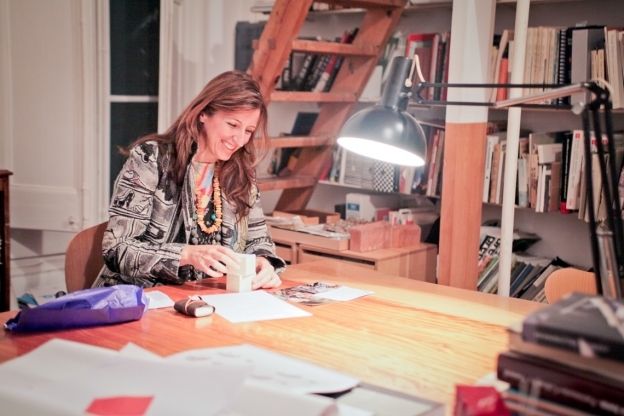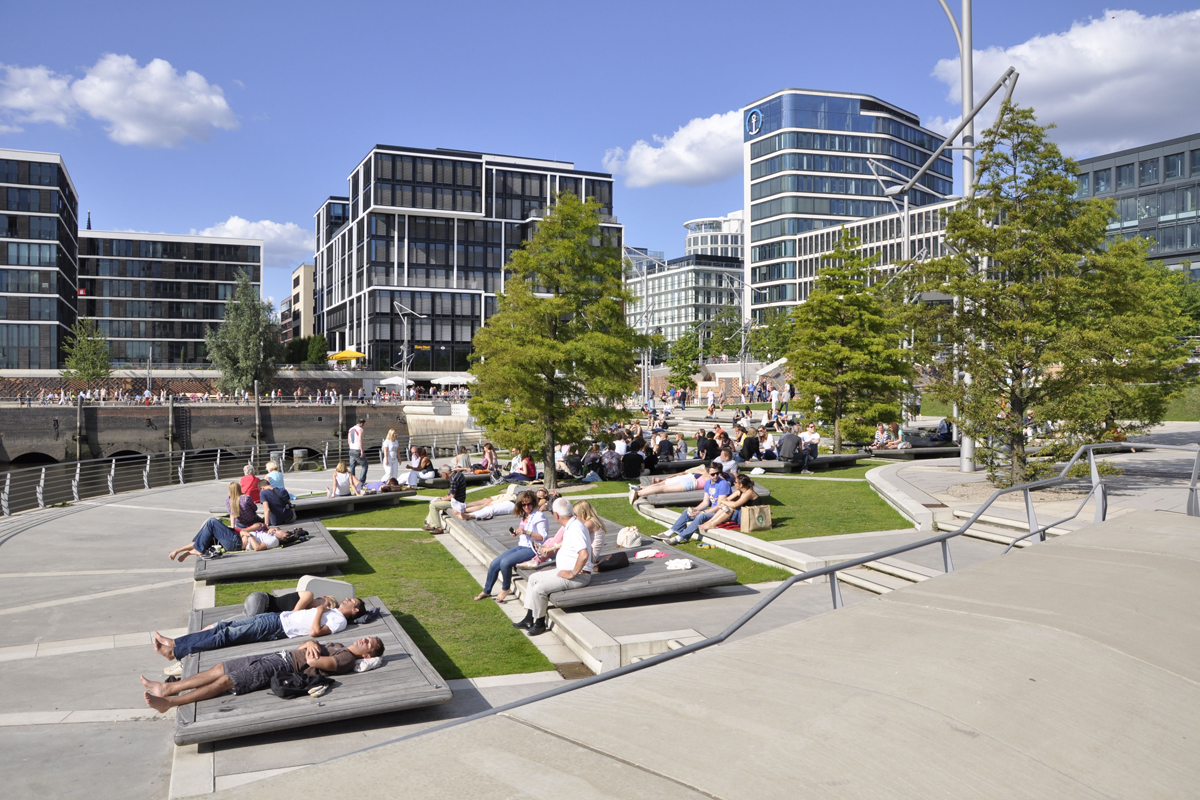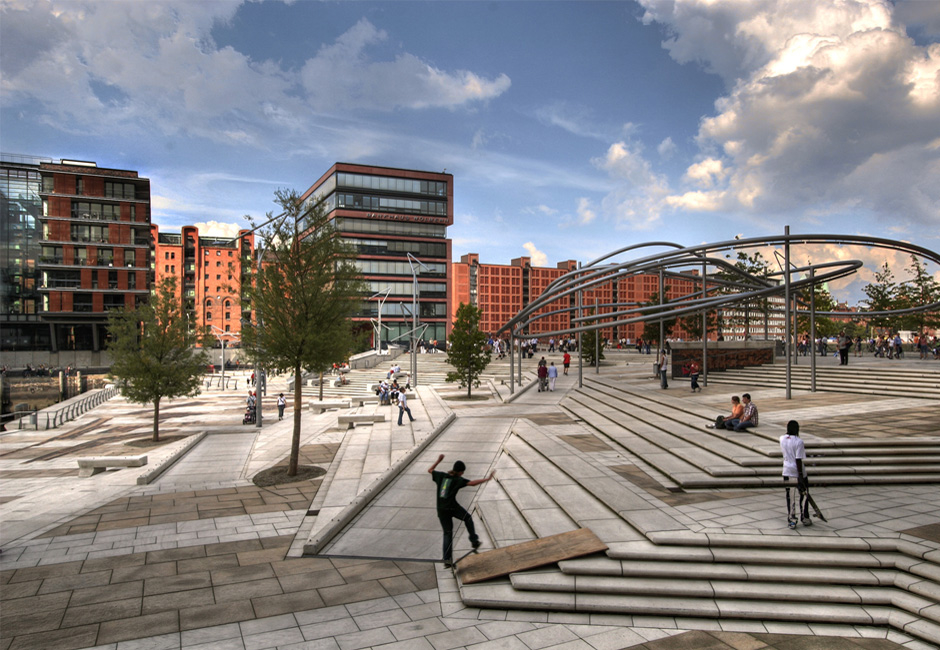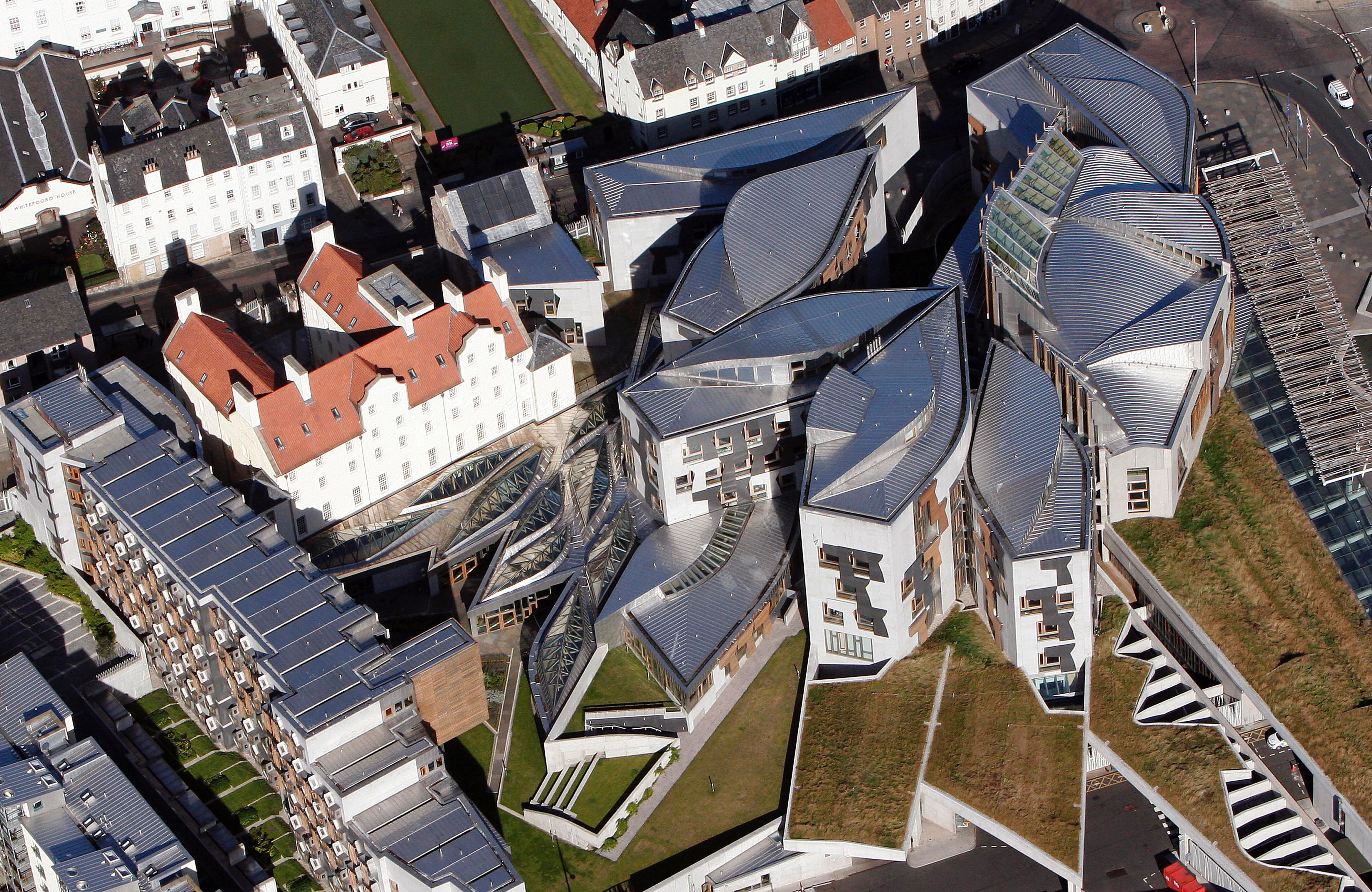Benedetta Tagliabue on Urban Renovation: Now Is a Good Time for Such Experiments

Head of EMBT Miralles Tagliabue, Benedetta Tagliabue, presented her exhibition Urban Regeneration — Travelling around the world at the Shchusev State Museum of Architecture in Moscow. EMBT became famous outside Spain thanks to their projects of public buildings and spaces, such as HafenCity in Hamburg. Benedetta Tagliabue shared her views on the topic of urban renovation with Archcouncil of Moscow using the example of Barcelona.
— You came to Moscow to present your exhibition Urban Regeneration right in the times of our big discussion on the renovation of old housing...
— Yes, I heard about that. Sometimes, these measures are necessary because one needs to get rid of morally obsolete buildings, especially in Moscow, where you have enormous dimensions. Now there is a movement to try to make housing more affordable and efficient. Modern cities like Barcelona are now really trying to solve the housing problem and have more new competitions for design of new housing, and some of them are about renovation.
— Is it a governmental program?
— It’s a city program. Municipal program. In Barcelona, when we talk about renovation we talk about urban fabric much smaller than in Moscow. So, it could be a good urban renewal strategy. I endorse this idea, although there might be a lot of difficulties and...


HafenCity, Hamburg
— And the social tension is growing.
— Certainly. When someone is used to the way of using the city, it is difficult to convince them that it could be used in a different way even if it’s a better way. At the beginning, there is this kind of skeptical feeling, which goes away when the new work is finished, and people can see the result. Again, our scale was very different. Let’s say Santa Caterina is in Old City (in 2005, EMBT reconstructed Santa Caterina Market — Ed.) and the density was very high, there were a lot of people living there. However, the social situation was so bad that a lot of people were happy to leave. The dominating party in the city was the Socialist Party and they gave the people two options: come back when the reconstruction is over or get a compensation and move to another place. Nevertheless, it was not easy. Only now do you start to see the result. Many years have to pass because you need a lot of time but it is worth it. Understandably, there were lots of protests. I remember very well when the city was like ruins because there were archaeological works and the renovation was almost reducing the buildings to dust, completely demolishing them. Of course, nobody was happy at that moment. But you have to resist and keep going.
— Did many people come back after the renovation?—Some of them. This was a part of the deal. They had options: get money or go back. Many preferred the money.

Santa Caterina Market, Barcelona
— Renovation is about a more efficient way of using space, consequently, of increasing the density. Are there, in your opinion, comfortable indicators of residential housing?
— It needs to be done with design and planning. It is a complex question, because high-density also provides a very efficient urban environment. Of course, density is sometimes ‘brutal’ for human feelings. It is important to have a good design which can provide high density, but also public spaces or common spaces, functional ground floors, and good services, which make our lives comfortable. So, if you are leaving in a very dense place, you still have the sense of comfort. That’s why, I think, architects are important. It is all about having a good design and having a good way of using density.
There is another example from Barcelona, where a part of the city was rebuilt with increasing density: it is called 22@.
22@Barcelona is one of large-scale and very successful urban regeneration projects in Europe that attracted public investment in infrastructure of more than EUR 180 million. 22@ is the central business district in Poblenou — former industrial area of Barcelona. It was transformed into a center of technology and innovation, greatly increasing the recreational appeal and comfort of residential areas. The project was launched in 2000 on the initiative of the city council of Barcelona with the involvement of land owners who wished to update the outdated elements of urban planning from the late 19th and early 20th centuries. The model of reconstruction of this region is considered a reference model of economic and social transformations in the urban environment. It has been successfully used in Rio de Janeiro, Boston, Istanbul and Cape Town.
I think it was a good experiment, and the task was to increase the density to satisfy the companies and investors because they would get more square meters in the same area. However, they had to adhere to certain quality requirements in terms of energy sustainability and aesthetics. I think it is an efficient development model.
— Is this District popular?
— Yes, it’s popular because it also provided more space for people to work and a better urban environment.
— And the prices are higher there?
— Not much. Because this area used to be considered very ‘decaying’. It was sold as a very ‘unfavorable area’. Now the situation is different. It is a high-density place with a lot of small and big companies, cultural places, and a lot of new housing. It used to be an industrial zone, there are still some industrial remains and people love them because they like to transform them into urban lofts.

Parliament of Scotland, Edinburgh
— Moscow is now developing new construction rules. Their task is to change the ‘Soviet’ approach to residential quarters, to make them multifunctional, to achieve higher penetrability and accessibility of the area. For example, to move parking lots away from courtyards...
— I think it is a nice opportunity to experiment in this sense and I think it’s very nice to have subjective planning in a block leaving traffic-free space for pedestrians. It is very useful to do it from the beginning, when you can plan the streets and plan the micromovements inside. It is fantastic! You, probably, know that in Barcelona there is an experiment going on; but it’s an experiment within the existing situation. It’s not easy to change the traffic within the existing patters. But if you do it from scratch, it’s possible.
There are great examples in other cities, for example Edinburgh (in 2004, the building of the Parliament of Scotland designed by EMBT was completed — Ed.): there is microtraffic inside the block with a different traffic pattern outside. Now is a good time for such experiments. I believe that bicycle and pedestrian traffic — when the climate permits it — is very important in the cities because one can rent a bicycle or a motorcycle. To do so, you need more space for pedestrians.

Barajas Social Housing Block, Madrid
Materials for the article courtesy of the Shchusev State Museum of Architecture and ROCA.
- Tags:
- renovation




